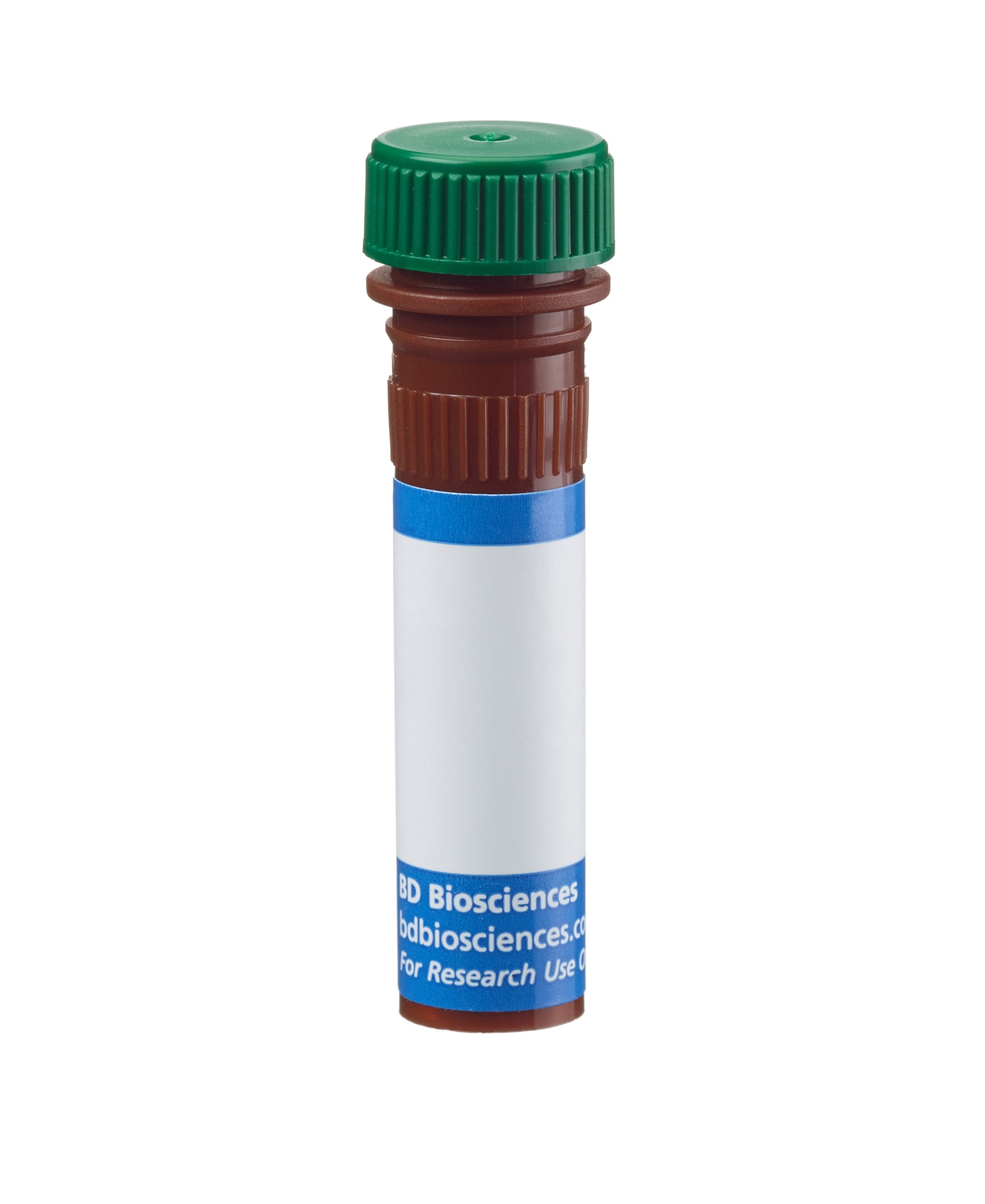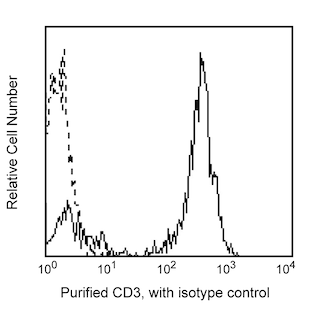-
Training
- Flow Cytometry Basic Training
-
Product-Based Training
- BD FACSDiscover™ S8 Cell Sorter Product Training
- Accuri C6 Plus Product-Based Training
- FACSAria Product Based Training
- FACSCanto Product-Based Training
- FACSLyric Product-Based Training
- FACSMelody Product-Based Training
- FACSymphony Product-Based Training
- HTS Product-Based Training
- LSRFortessa Product-Based Training
- Advanced Training
-
- BD FACSDiscover™ S8 Cell Sorter Product Training
- Accuri C6 Plus Product-Based Training
- FACSAria Product Based Training
- FACSCanto Product-Based Training
- FACSLyric Product-Based Training
- FACSMelody Product-Based Training
- FACSymphony Product-Based Training
- HTS Product-Based Training
- LSRFortessa Product-Based Training
- United States (English)
-
Change country/language
Old Browser
This page has been recently translated and is available in French now.
Looks like you're visiting us from {countryName}.
Would you like to stay on the current country site or be switched to your country?




Flow cytometric analysis of CD3 expression on human peripheral blood lymphocytes and CD4 expression on rat splenic leucocytes - Secondary staining comparisons between BD Horizon™ BB515- and FITC-conjugated Goat Anti-Mouse Ig. Left Panel: Human whole blood was either not stained (control staining; dashed line histogram) or stained with Purified Mouse Ms IgG1, κ Anti-Human CD3 antibody (Cat. No. 555330; bold solid line histogram). Erythrocytes were lysed with BD FACS Lysing Solution (Cat. No. 349202) followed by washing, and then staining the remaining leucocytes with BD Horizon BB515 Goat Anti-Mouse Ig (Cat. No. 565060). Alternatively, whole blood was stained with Purified Anti-Human CD3 antibody, treated with BD FACS Lysing Solution, followed by washing, and then secondary staining of the leucocytes with FITC Goat Anti-Mouse Ig (Cat. No. 554001; thin solid line histogram). Right Panel: Rat splenic leucocytes were either not stained (control staining; dashed line histogram) or stained with Purified Mouse Ms IgG2a, κ Anti-Rat CD4 antibody (Cat. No. 554835; bold solid line histogram) followed by washing, and then staining with BD Horizon BB515 Goat Anti-Mouse Ig. Alternatively, the leucocytes were stained with Purified Anti-Rat CD4, washed, and then secondarily stained with FITC Goat Anti-Mouse Ig (thin solid line histogram). Overlaid histograms are shown to facilitate secondary staining comparisons between BB515- or FITC-conjugated Goat Anti-Mouse Ig using purified mouse antibodies specific for human CD3 and rat CD4. The fluorescence histograms showing human CD3 or rat CD4 expression (or control staining) were derived from gated events with the forward and side light-scatter characteristics of intact human lymphocytes or viable rat leucocytes. Flow cytometric analysis was performed using a BD LSRFortessa™ Cell Analyzer System.


BD Horizon™ BB515 Goat Anti-Mouse Ig

Regulatory Status Legend
Any use of products other than the permitted use without the express written authorization of Becton, Dickinson and Company is strictly prohibited.
Preparation And Storage
Recommended Assay Procedures
BD™ CompBeads can be used as surrogates to assess fluorescence spillover (Compensation). When fluorochrome conjugated antibodies are bound to CompBeads, they have spectral properties very similar to cells. However, for some fluorochromes there can be small differences in spectral emissions compared to cells, resulting in spillover values that differ when compared to biological controls. It is strongly recommended that when using a reagent for the first time, users compare the spillover on cells and CompBead to ensure that BD Comp beads are appropriate for your specific cellular application.
For optimal and reproducible results, BD Horizon Brilliant Stain Buffer should be used anytime two or more BD Horizon Brilliant dyes are used in the same experiment. Fluorescent dye interactions may cause staining artifacts which may affect data interpretation. The BD Horizon Brilliant Stain Buffer was designed to minimize these interactions. More information can be found in the Technical Data Sheet of the BD Horizon Brilliant Stain Buffer (Cat. No. 563794/566349) or the BD Horizon Brilliant Stain Buffer Plus (Cat. No. 566385).
For optimal results, it is recommended to perform 2 washes after staining with antibodies. Cells may be prepared, stained with antibodies and washed twice with wash buffer per established protocols for immunofluorescence staining, prior to acquisition on a flow cytometer. Performing fewer than the recommended wash steps may lead to increased spread of the negative population.
Product Notices
- Since applications vary, each investigator should titrate the reagent to obtain optimal results.
- Caution: Sodium azide yields highly toxic hydrazoic acid under acidic conditions. Dilute azide compounds in running water before discarding to avoid accumulation of potentially explosive deposits in plumbing.
- For fluorochrome spectra and suitable instrument settings, please refer to our Multicolor Flow Cytometry web page at www.bdbiosciences.com/colors.
- Please refer to http://regdocs.bd.com to access safety data sheets (SDS).
- BD Horizon Brilliant Stain Buffer is covered by one or more of the following US patents: 8,110,673; 8,158,444; 8,575,303; 8,354,239.
- Please refer to www.bdbiosciences.com/us/s/resources for technical protocols.
Companion Products






BD Horizon™ BB515 Goat Anti-Mouse Ig is intended to be a second-step reagent for immunofluorescent staining of cells pre-stained with Mouse Ig primary antibodies. It is reactive with the heavy and light chains of mouse primary antibodies having the IgG1, IgG2a, IgG2b, IgG3, IgM, and IgA isotypes. Minimal background staining of human and rat cells occurs in the absence of a primary mouse antibody. In addition, the BD Horizon BB515 Goat Anti-Mouse Ig stains mouse B lymphocytes with little non-specific staining of other cells. Therefore, it is useful as a primary immunofluorescent reagent for staining mouse B cells and antibody-producing cells and as a secondary reagent for staining human and rat cells pre-stained with mouse Ig primary antibodies.
The antibody was conjugated to BD Horizon BB515 which is part of the BD Horizon Brilliant™ Blue family of dyes. With an Ex Max near 490 nm and an Em Max near 515 nm, BD Horizon BB515 can be excited by the blue laser (488 nm) laser and detected with a 530/30 nm filter. This dye has been exclusively developed by BD Biosciences and is up to seven times brighter than FITC with less spillover into the PE channel. Due to similar excitation and emission properties, BB515, FITC, and Alexa Fluor® 488 cannot be used simultaneously. It is not recommended to use BB515 in cocktails that include Streptavidin conjugates as it may cause high background.

Please refer to Support Documents for Quality Certificates
Global - Refer to manufacturer's instructions for use and related User Manuals and Technical data sheets before using this products as described
Comparisons, where applicable, are made against older BD Technology, manual methods or are general performance claims. Comparisons are not made against non-BD technologies, unless otherwise noted.
For Research Use Only. Not for use in diagnostic or therapeutic procedures.
Report a Site Issue
This form is intended to help us improve our website experience. For other support, please visit our Contact Us page.